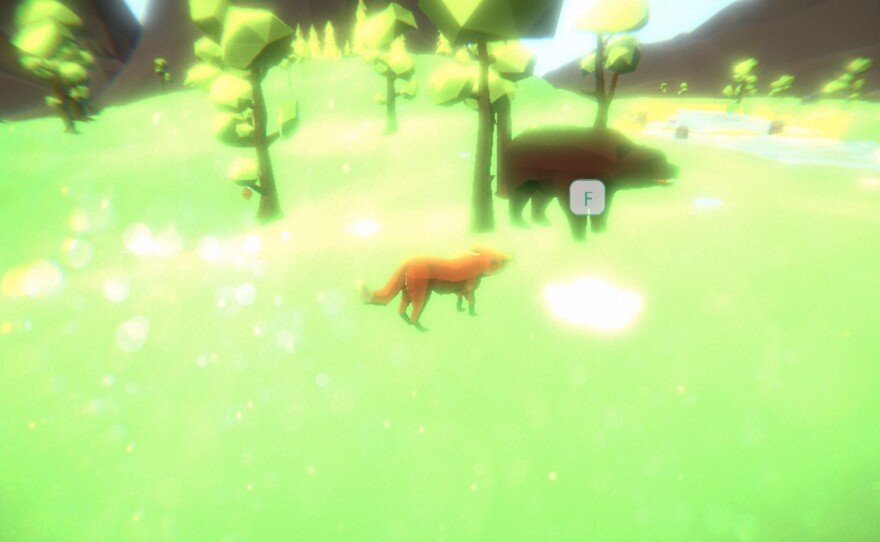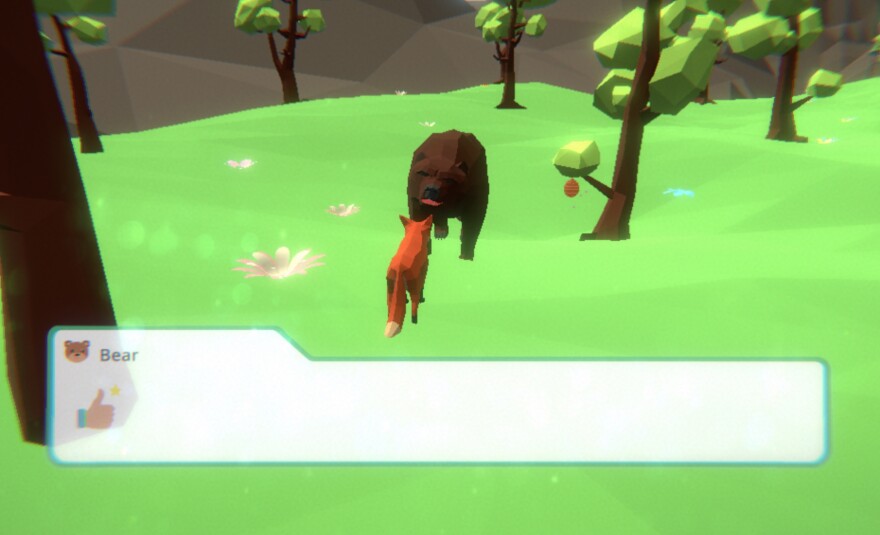A new game developed by Carnegie Mellon University students is helping elementary schoolers understand what life is like for kids on the autism spectrum.
Created by the university’s Entertainment Technology Center, Prism uses its animal characters as allegories for the challenges those with autism face.
The game begins in a lush, 3-D forest teeming with animals and scored with whimsical music. Players take on a fox character, and to save your home from a flood, you must work with the other animals to build a dam across the river.
Because foxes are nocturnal animals, parts of the game set during daylight are designed to be overwhelming, Daniel Wolpow, a graduate student at the center and the game’s writer and producer, said.

At certain points, the screen fills with light and the music becomes distorted, but players can soothe themselves by howling. Wolpow said this situation represents how people with autism can cope with sensory overload.
“Somebody with autism, when they’re experiencing sensory overload, might flap their arms, for example, or shake their leg," Wolpow said. "Do any sort of repetitive behavior that might help calm their nerves in that situation.”
The game’s other characters also represent aspects of autism. There’s the bear and boar who only communicate through emojis representing barriers to communication, the shy and nonverbal moose who players can still engage by repeatedly interacting with the character and the fawn who is fascinated with fireflies.

“The fawn is exhibiting a characteristic where it’s obsessed with one topic, and it doesn’t want to talk about anything else," Wolpow said. “If you try to change the subject, or you try to steer the fawn away to what you want it to do, it doesn’t respond well. It doesn’t do what you want. And so, the strategy becomes engaging with the fawn in what it wants to talk about enough to make it comfortable.”
Prism is a product of the university’s Entertainment Technology Center, a two-year graduate program that combines the arts with computer science. Forty percent of the program’s students have technical backgrounds, the other forty are artists, and the rest come from a wide range of disciplines.
Students work in teams on various semester-long projects, such as Prism. It was developed in partnership with Beech Bottom Elementary School in West Virginia as a way to help non-autistic students understand their peers with autism.
“Kids without autism, which are referred to as neurotypical children in this particular field, were having a hard time understanding their peers with autism,” Wolpow said. “It was leading to some situations where the kids with autism were being made fun of.”
The team worked with several classes of third and fourth graders to develop and playtest the game.
“Kids in that age group love Minecraft, as it turns out,” Wolpow said. “We were seeing very positive feelings towards 3-D, open world games that were set in forests.”
Prism is now available to play for free online, as well as in the Apple App Store and Google Play Store. The game takes about 30 minutes to play and comes with a downloadable discussion guide for teachers.





